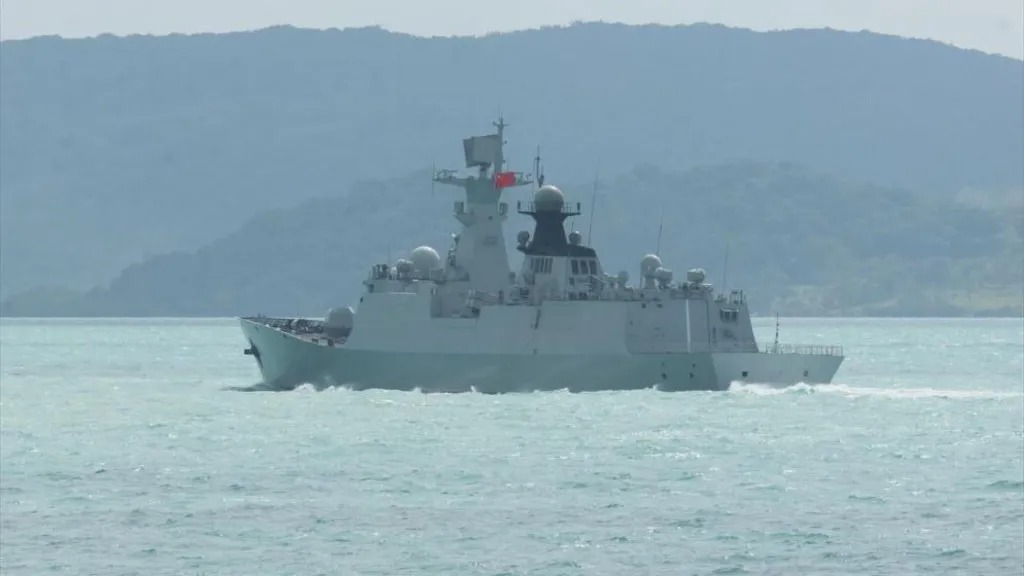
China Military Drill Sparks Regional Tension
A China military drill in the Tasman Sea has forced planes flying between Australia and New Zealand to divert, spotlighting Beijing’s rare naval presence near both nations. Starting February 20, 2025, three Chinese ships—a frigate, cruiser, and supply tanker—triggered alerts 340 nautical miles east of New South Wales, after nearing 150 miles from Sydney. Qantas, Virgin Australia, and Air New Zealand adjusted routes after China broadcast a potential live-fire exercise notice on Friday, February 21. Australia’s Defence Minister Richard Marles called it “unusual,” while China insists it’s legal in international waters.
The drill, monitored by Australian and New Zealand ships since last week, caught officials off-guard. New Zealand’s Defence Minister Judith Collins told the New Zealand Herald that China gave no prior warning, leaving both nations scrambling. An Emirates flight from Sydney to Christchurch reportedly learned of the exercise midair, prompting swift action. Qantas confirmed to the BBC it’s tracking airspace with government support, as the China military drill tests regional nerves.
Why China Military Drill Raises Concerns
This China military drill, confirmed by Beijing’s foreign ministry as “naval training in distant waters,” may involve live fire, though Australia’s Prime Minister Anthony Albanese says no assets face “imminent risk.” Spokesman Guo Jiakun stressed compliance with international law, calling it “safe and professional.” Yet, Marles told the Australian Broadcasting Corporation that China’s last-minute alert—picked up by airlines, not officials—broke from the usual 12-to-24-hour notice norm. Planes crossing the Tasman diverted abruptly, highlighting communication gaps.
Tensions echo recent clashes. Earlier this month, Canberra accused a Chinese jet of flaring an Australian aircraft over the South China Sea—Beijing claimed it intruded. Last May, a Chinese plane endangered an Australian helicopter on a UN mission in the Yellow Sea. In November 2023, sonar pulses off Japan injured Australian divers. This week’s drill follows a Beijing defense dialogue promising transparency, now questioned. For deeper insights, visit BBC or Kenkou Land.
Main Body: A Test of Trust and Timing
The China military drill, unfolding as of February 21, 2025, underscores Beijing’s growing reach—340 miles from Australia’s coast isn’t routine. Albanese downplayed immediate threats, noting its legality in international waters, but the timing stings. Days after talks on military openness, China’s fleet flexed without direct notice, forcing Qantas and others to reroute mid-flight. Collins lamented the silence, saying China “didn’t deign to advise” New Zealand. Marles added that planes were “literally flying across the Tasman” when the alert hit, exposing coordination flaws.
Australia and New Zealand deployed ships to shadow the trio—identified as a Jiangkai-class frigate, Renhai-class cruiser, and Fuchi-class tanker—since last week. No live fire’s confirmed, but the disruption’s real. Airlines adapt, passengers reroute, and leaders weigh responses. Amid South China Sea spats and past flare-ups, this drill tests trust. Is it a show of strength or a misstep? As China’s navy ventures south, Australia and New Zealand stay vigilant, balancing diplomacy with defense in a shifting Pacific.





